5. A Serbian Film
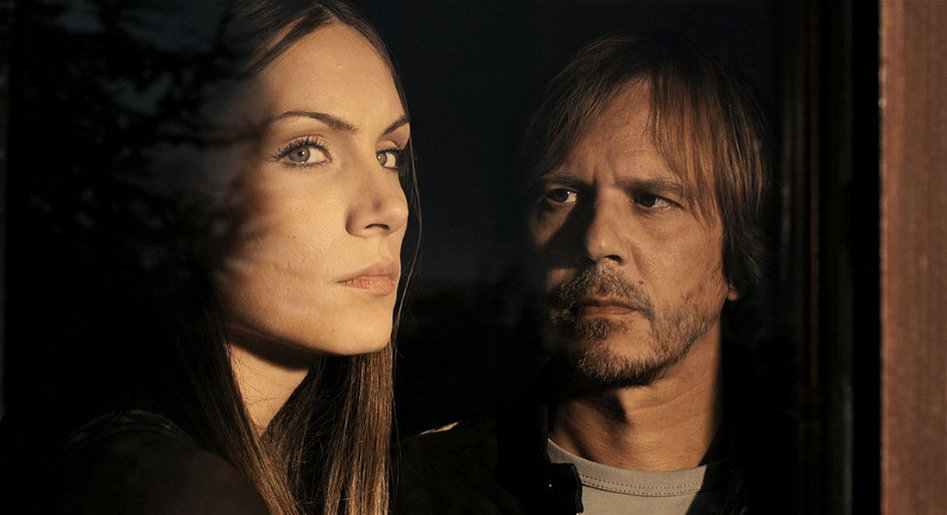
Another film known for its controversy and ridiculous violence whether than for its artistic and filmic merits, A Serbian Film is a kind of modern day video naughty; a movie so disturbing governments move towards banning it flat out.
A Serbian Film tells the story of a bygone porn star who, in the depths of despair to provide for his family, takes a job at a suspicious “art film” only to discover he had been drugged and forced to star in a snuff film with pedophilic and necrophiliac scenes, all of which director Srđan Spasojević shows in detail.
Boasting such now infamous scenes as a newborn baby being raped to death, a woman being decapitated while having sex and a man murdered by having an erect penis inserted into his eye socket (!!), A Serbian Film is a prime example of a movie eager to shock and disgust in equal measures. A legitimately ugly and vile film, it had its distribution banned in over 15 countries, some of which have submitted the movie to 13 minute-plus of cuts in order to secure a DVD certificate (here’s looking at you, Germany and Spain).
What makes matters worse is Spasojević’s constant remarks that the film is actually an allegory for the Serbian people’s poor treatment by the government. Guess newborn porn must be a thing around there?
4. The Passion Of The Christ
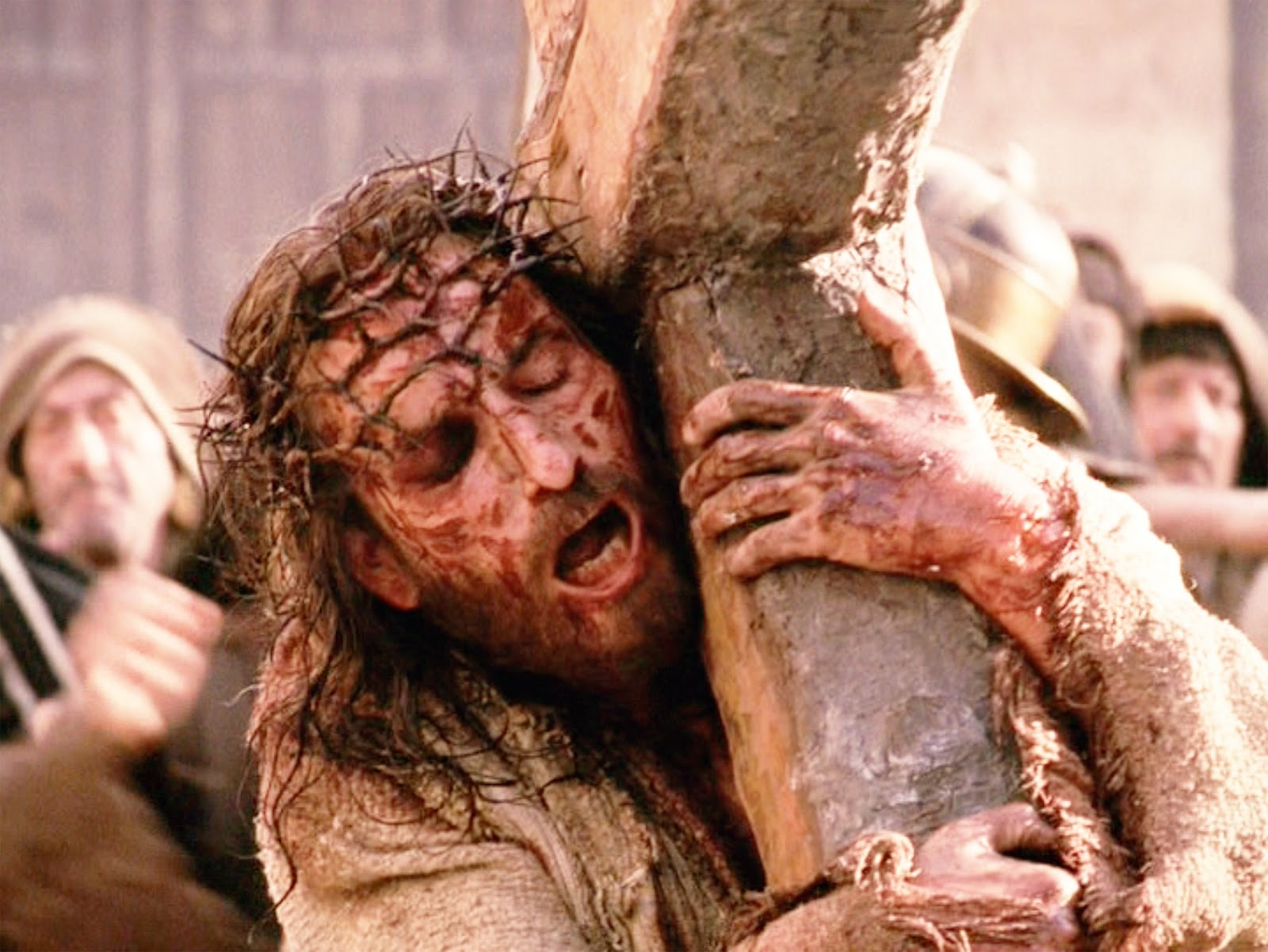
Mel Gibson’s fair treatment of Jewish people reached its pinnacle with his own personal Jesus film, which remains the highest grossing R-rated movie of all time, believe it if you will.
Focusing on the last days of Jesus and his cruel treatment at the hands of Roman authorities, the film is famous for holding no punches when it comes to depicting Christ’s torturous process of crucifixion. Complete with unflinchingly realistic depictions of whippings and lashes (don’t get me started on the whips with the piercing rocks on them), Passion is probably one of the finest Christian films ever made that merit is due.
Spoken in Aramaic and Latin, based on historical research and recreations, and boasting great performances by Jim Caviezel and Maia Morgenstern as well as beautiful score and cinematography, it’s by far the most visceral depiction of what the passion truly consisted of, and shows that Jesus’ supposed sacrifice for humanity is not to be taken or represented lightly.
One could argue – like Roger Ebert, who gave the film four out of four stars – that the film’s violence is fundamental for its story and message, and that were it not for such brutality the movie wouldn’t be nowhere near as impactful an experience as it was striving to be.
Although Gibson’s public persona did give way to unavoidable contestations that the film was subliminally anti-Semitic (after all, it’s 126 minutes of a Jew being tortured), none can argue that The Passion Of The Christ isn’t visceral and brutal watching.
3. Martyrs
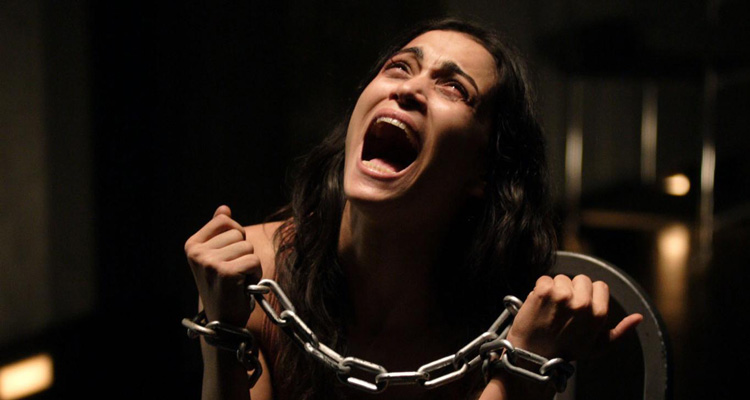
Alas, we have reached the New French Extremity, a movement of transgressive films and filmmakers at the turn of the century who managed to make quite an impression on filmgoers. Although the movement features names like François Ozon, Bruno Dumont and Olivier Assayas, it’s still Pascal Laugier’s Martyrs that takes the title for the most famous and messed up movie of that time.
Martyrs tells the story of Lucie, a young girl who escapes a situation of captivity to which she had been submitted to physical abuse for a year. Now grown up, and perpetually scarred (as evidenced by the monster in her head), Lucie drags her friend Anna to find a family that she believes is responsible for holding her captive as a child. After Lucie brutally kills the family – which includes a very young Xavier Dolan -, Anna finds the truth about them and it’s even more disturbing than they could imagine.
Martyrs was extremely controversial upon release due to its graphic depiction of violence and torture, which some believed to be misogynistic. The film is indeed hard to watch, not only due to its scenes of brutalizing cruelty against a defenseless woman, but because of the subjects it approaches in a truly interesting manner.
As many other New French Extremity movies, Martyrs is far smarter than it looks, as behind the brutality it presents, there lies a deep underlining rejection and criticism of bourgeois ideals and political, social and cultural orders. It’s a film that manages to be dark, scary, disturbing and subversive in several ways, while still retaining intelligence and sophistication.
2. Irreversible
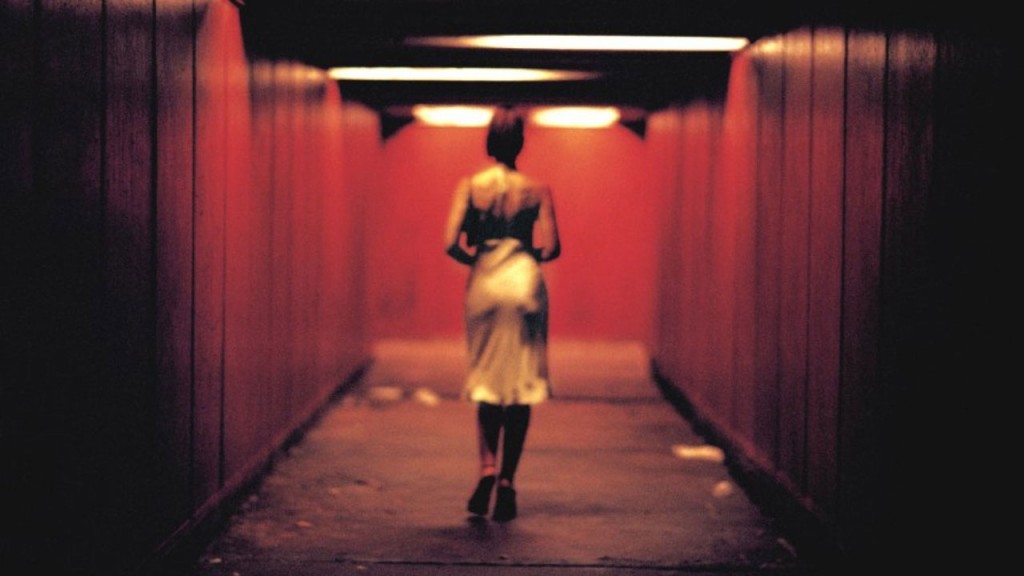
Well, you all saw it coming, didn’t you? It just had to be on the list, although it’s kind of a cliché entry by this point. Even so, let us soldier through Gaspar Noé’s infamous flick that made 300 people leave the theatre during its exhibition at the 2001 Cannes Film Festival.
Irreversible is the story (told in reverse chronological order) of a pregnant woman who is brutally raped and beaten to an inch of her life, and the despairing odyssey of her boyfriend to find and murder her assaulter, which leads him into the seedy underbelly of the Parisian BDSM scene. Although the camera work in the movie is enough to make a roller-coaster aficionado dizzy, what the film is most famous for is its infamous 10-minute-long rape sequence.
Told in a single shot, and featuring some crazy realistic vfx, the underground tunnel rape scene is downright evil. Noé revels in depicting the act in an open shot, showing the assaulter’s predatorial and animalistic behavior at the same time as we can see his victim’s painful reactions. His constant taunts and verbal threats escalate to a sickening degree that serves as a prelude to what he’ll do after the raping is done. And, of course, Noé is going to show every little bit of that.
Another scene that is much talked about as well is the death by fire extinguisher sequence. Have you ever wondered if you can crush a human skull so deep that it looks like a goddamn squeezed orange? If you have, you’re in luck, Irreversible has the answer (it’s yes)!
A brutal and truly sickening experience, Irreversible is a movie that is without equal in European cinema. If you’re interested in venturing into the extreme depths of nihilistic film, Noé is a great recommendation for you.
1. Salò, or 120 Days of Sodom
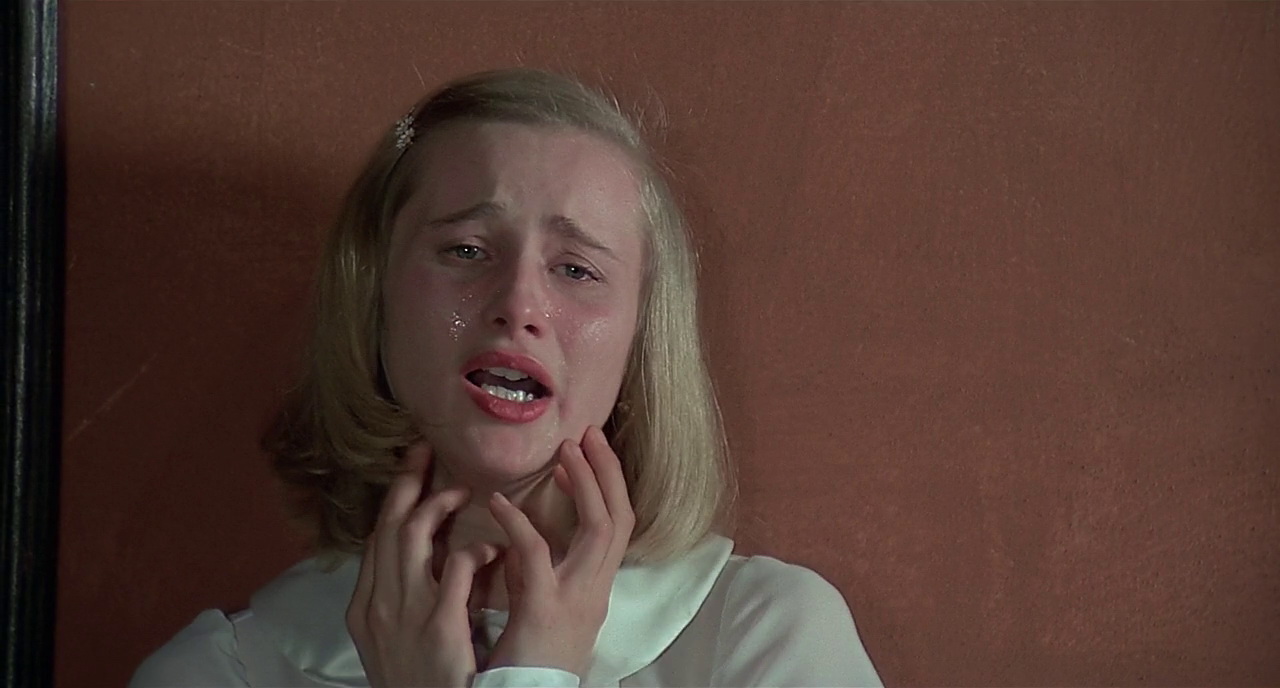
Let’s get one thing straight: Salò is a masterpiece by one the greatest filmmakers in the history of film, Pier Paolo Pasolini. A fascinatingly political, intelligent and subversive movie with extraordinary depth and social conscientiousness to it, it’s a work of art that’s unjustly looked upon as shallow and shocking for the sake of shock.
Salò, an adaptation of Marquis de Sade, centers on a group of Italian fascists who kidnap eighteen young men and women to service them in a palace. Once there, the younglings are submitted to ever increasing instances of graphic violent, relentless sadism, sexual deviance and agonizing murders. There are also scenes of reviling humiliation and coprophilia, all directed towards defenseless teenagers.
The movie is mostly talked about due to the feast scene, where the prisoners are forced to endure a banquet of human feces. As such, many claim the scene to be ridiculous and infantile, but there is a great political observation in the act of government officials, which also control the media, forcing shit into the mouths of young people, or selecting them by the beauty of their buttocks and then promising the winner death in the future.
One gets that it’s hard to look past the horrible displays of violence in the film, but if you attempt it, there is a lot of depth and pertinent observations, as is expected of Pasolini.
What further makes the film so deeply unsettling to watch is just how cold it is. Most of the other films in this list have some degree of stylization to them, be it to simulate a snuff tape or to incite dizziness upon the viewers. Salò is by far the coldest here, an exercise of minimalism and constraint so cynical that even Michael Haneke would be disturbed by it. As a result, it is all the more repulsive and all the more impactful.